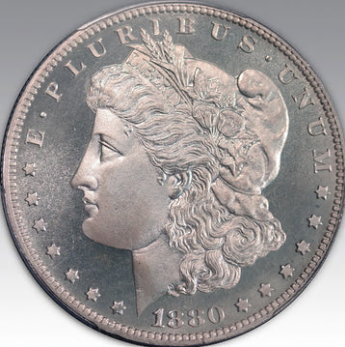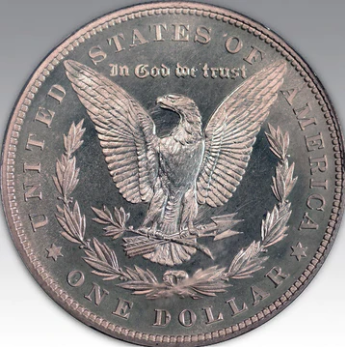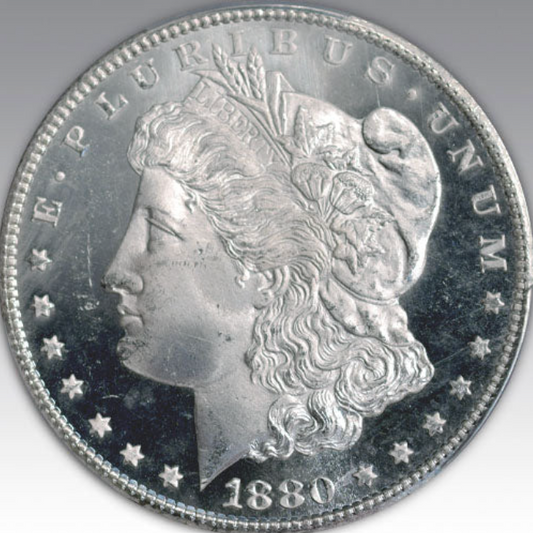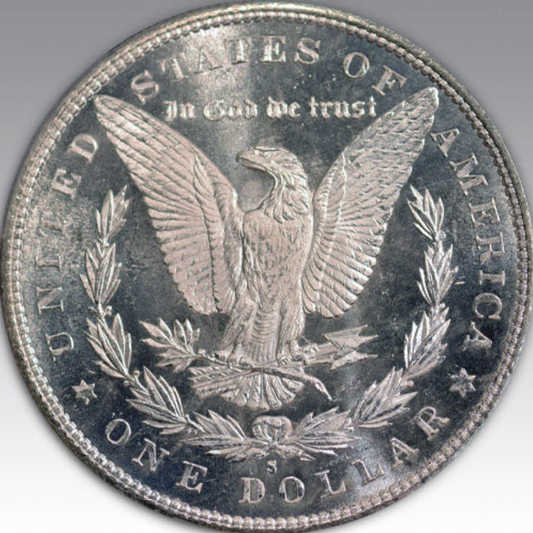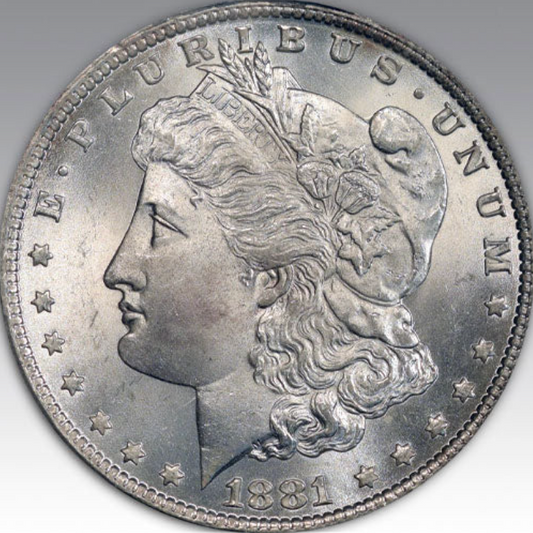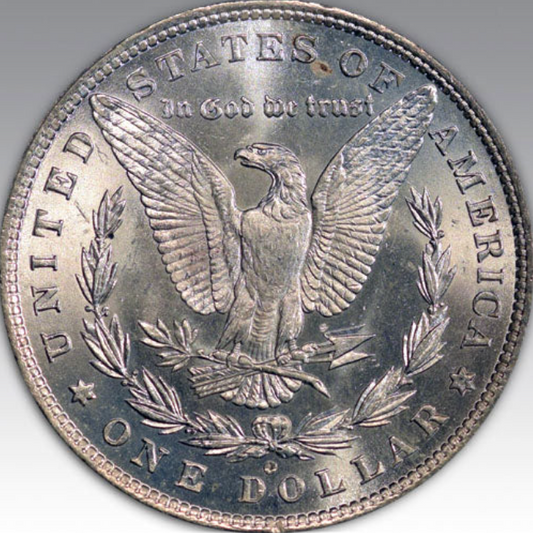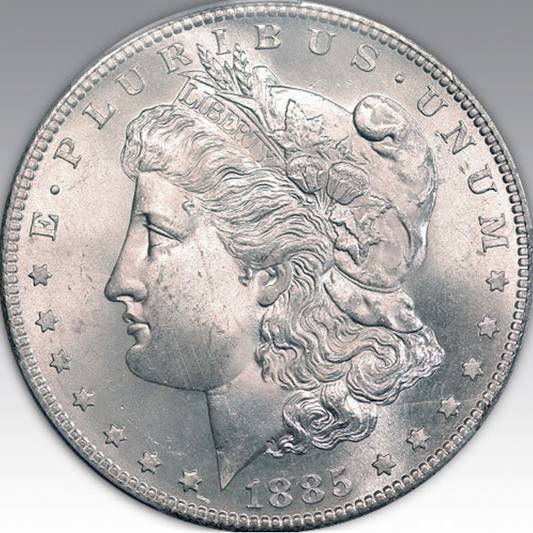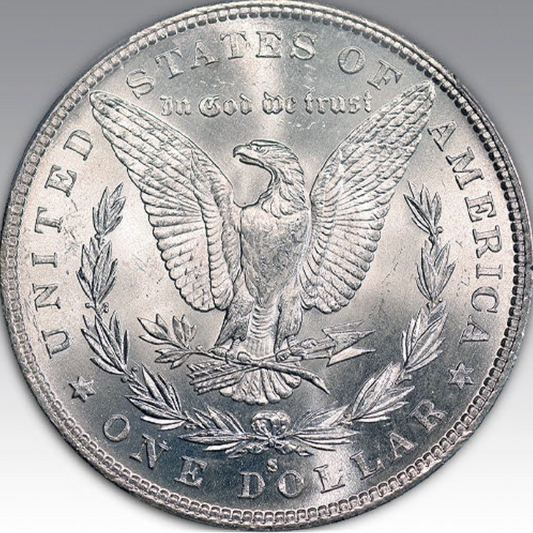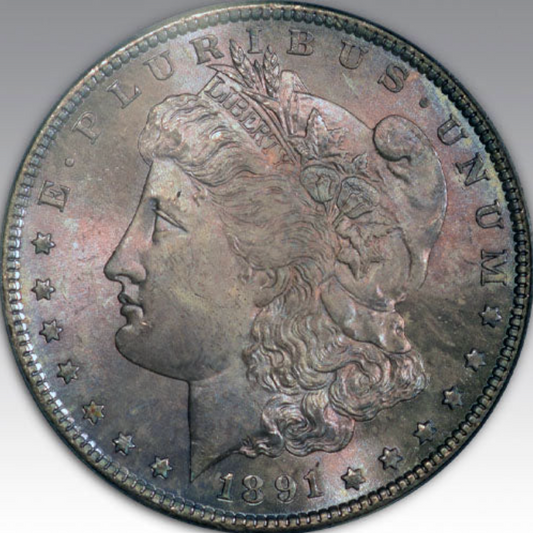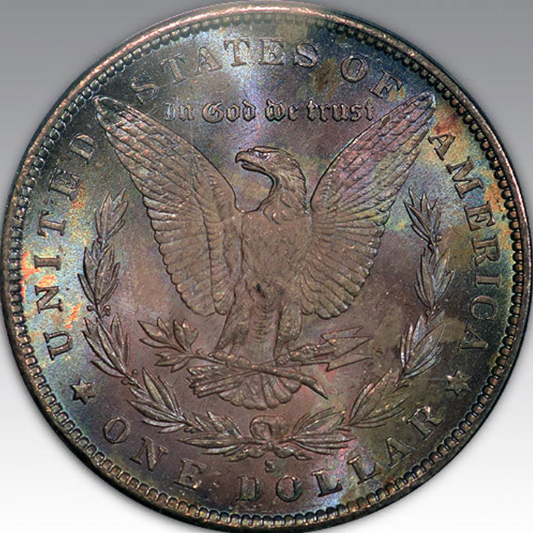-
1880-CA $1 Morgan Dollar PR 65
Regular price $8,975.00Regular priceUnit price / per -
1880-S $1 Morgan Dollar MS 67 DM
Regular price $13,500.00Regular priceUnit price / per -
1881-O $1 Morgan Dollar MS 65+
Regular price $2,250.00Regular priceUnit price / per -
1885-S $1 Morgan Dollar MS 65
Regular price $2,450.00Regular priceUnit price / per -
1891-S $1 Morgan Dollar MS 66
Regular price $5,250.00Regular priceUnit price / per
Collection: Morgan Dollars (1878-1921)
The Morgan Dollar: Iconic Symbol of American Wealth (1878-1921)
The Coinage Act of 1873 demonetized silver, leading to the disappearance of the silver dollar. To address economic issues and support Western silver suppliers, Congress enacted the Bland-Allison Act in 1878, requiring the government to buy large amounts of silver to mint new dollars. Thus, the Morgan dollar, designed by George T. Morgan, emerged and became one of America's most beloved coins due to its large size, aesthetic appeal, and availability.
Morgan Dollars were minted continuously from 1878 to 1904, with another round in 1921. They were produced at the Philadelphia, New Orleans, San Francisco, Denver, and Carson City mints, each marked by mintmarks on the reverse beneath the wreath's ribbon bow.
Key dates include the 1889-CC, 1893-S, and the Proof-only 1895. While some dates like the 1895-O are common in low grades, they become condition-rarities in high grades. Once staples in Las Vegas casinos, these dollars were eventually replaced by chips as silver prices rose above face value.
The Morgan dollar's popularity surged due to three key events: the sale of the Redfield hoard in the 1970s, the GSA sales in the 1980s, and the Continental-Illinois Bank Hoard, which surpassed the Redfield hoard in size and quality.

